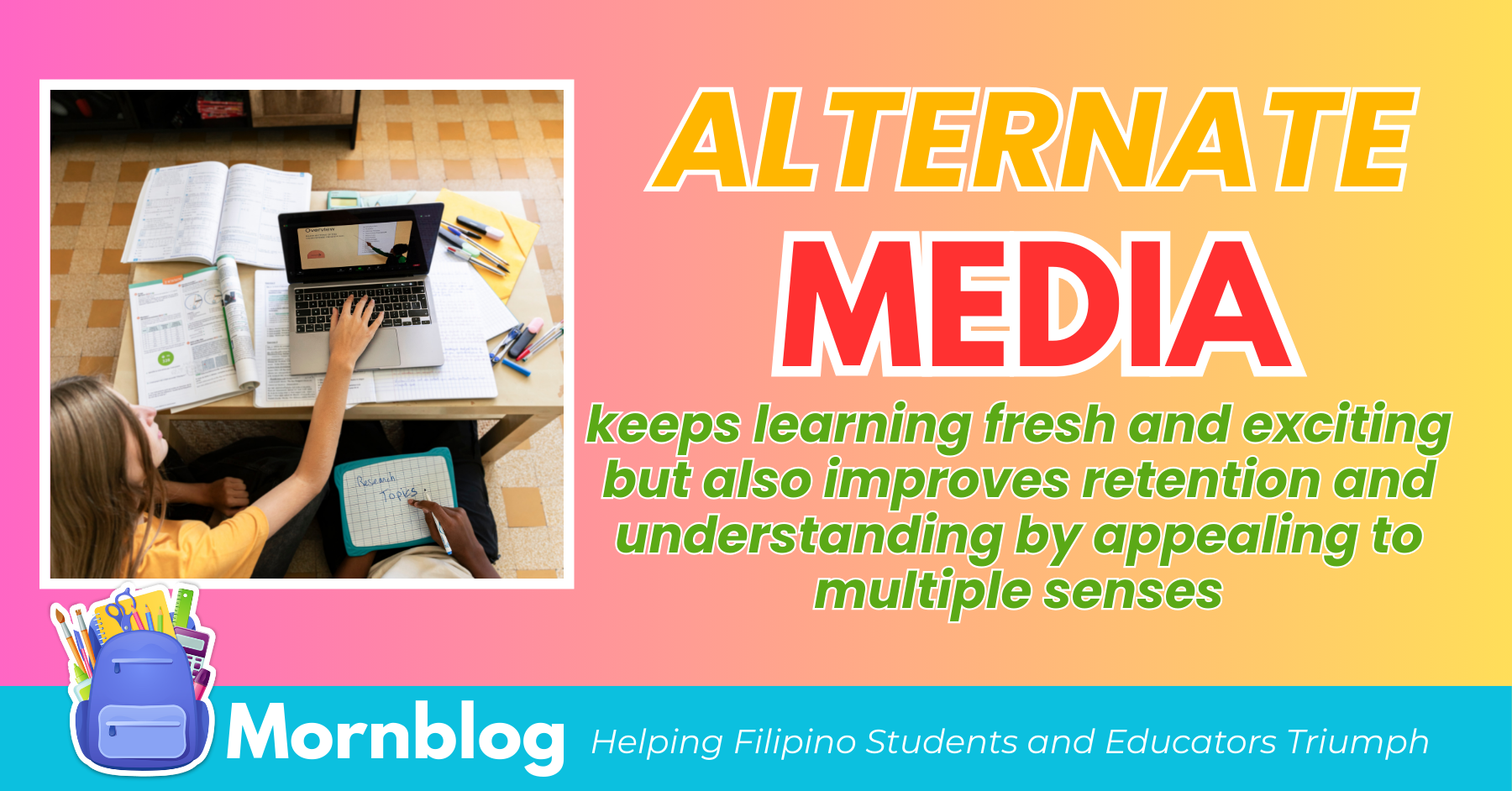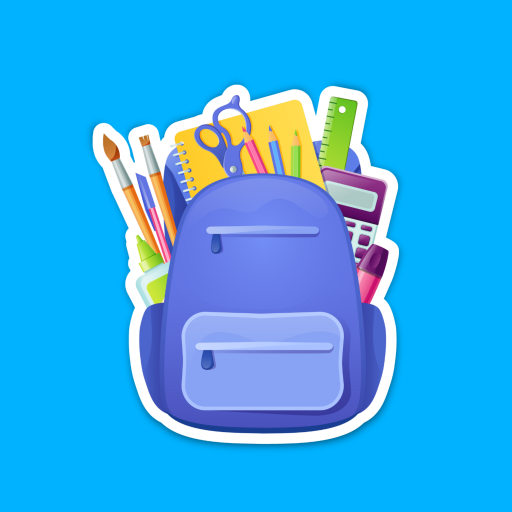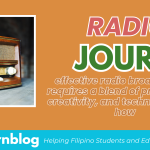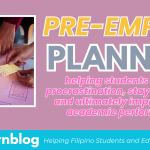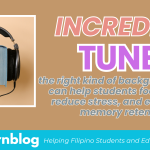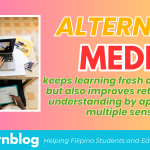In today’s digital age, learning is no longer confined to textbooks and classroom settings, we must integrate alternate media to learning.
With the wealth of resources available online, integrating alternate media such as videos, audio lectures, and podcasts into your study habits offers an exciting way to engage with material in different formats.
This approach not only keeps learning fresh and exciting but also improves retention and understanding by appealing to multiple senses.
Table of Contents

How Visual Learners Benefit from Alternate Media
For example, visual learners benefit greatly from watching videos that demonstrate concepts through animations, real-world examples, and infographics.
These media formats help simplify difficult ideas by showing them in action, rather than relying solely on written explanations.
Similarly, when listening to audio lectures or podcasts, auditory learners can absorb information through discussion and verbal explanations, allowing them to focus on the flow of the material without getting bogged down by the act of reading.
These media formats also break down the barriers of traditional study environments. With the flexibility to watch or listen to content on your commute, during breaks, or while exercising, learning becomes an integrated part of daily life.
Whether you’re watching a TED Talk on innovation, listening to a lecture on global economics, or tuning into a podcast about personal growth, you can enhance your understanding of various subjects without needing to sit down at a desk.
This adaptability helps keep the learning process fluid, making it easier to absorb information over longer periods of time without feeling overwhelmed.
Alternate Media should be supplementary
The key to using alternate media effectively is balance.
While videos and podcasts offer an engaging, simplified view of topics, they should serve as supplementary tools to traditional study methods.
For instance, after watching a video or listening to a lecture, it’s important to reinforce the material through active recall, note-taking, or applying the concepts through exercises.
This blend of passive and active learning ensures that you’re not only consuming information but also retaining and internalizing it.
Incorporating Alternate Media into Your Study Routine
Creating an effective study routine means blending various learning resources to address different aspects of your education.
Alternate media such as videos and podcasts can complement your usual reading materials, giving you a richer understanding of subjects.
For example, if you are studying a challenging subject like mathematics, watching instructional videos on specific problem-solving techniques can provide you with a clearer visual and auditory explanation. These resources might offer a fresh approach that textbooks alone may not provide.
Similarly, podcasts can help you dive into topics while on the go. Imagine listening to an educational podcast while cooking or running errands.
The ability to access subject matter experts discussing complex concepts in bite-sized, easily digestible episodes allows you to continue learning even during moments that would otherwise be unproductive. This efficient use of time helps maintain momentum in your studies, especially when life gets busy.

Broad selection of contents for learning
Alternate media can offer a more personalized approach to learning. With countless educational channels and podcast series available, you can find content that specifically aligns with your learning style, preferences, and the pace that works best for you.
Whether you’re interested in deep dives into niche topics or broad overviews, there’s no shortage of content that can enrich your learning experience.
Conclusion
To effectively incorporate alternate media into your study routine, start by setting aside specific times for media-based learning.
This could be during your daily commute, while exercising, or as a warm-up to your main study session.
With consistent practice, you’ll find that these alternate media formats enhance your understanding and retention, complementing traditional study methods for a well-rounded educational experience.
